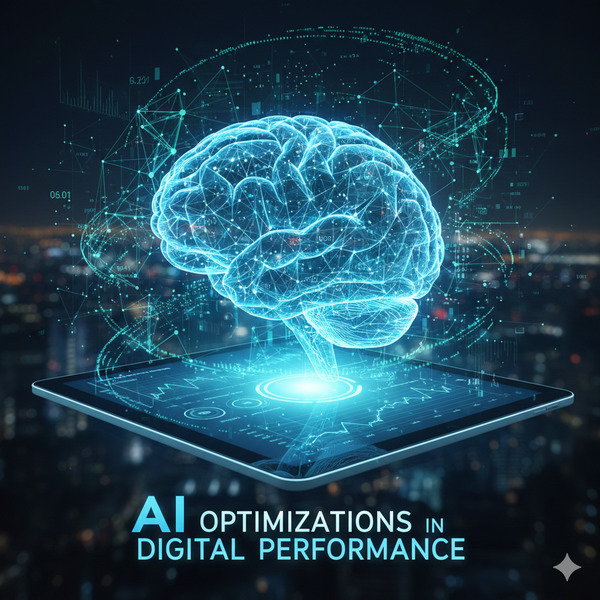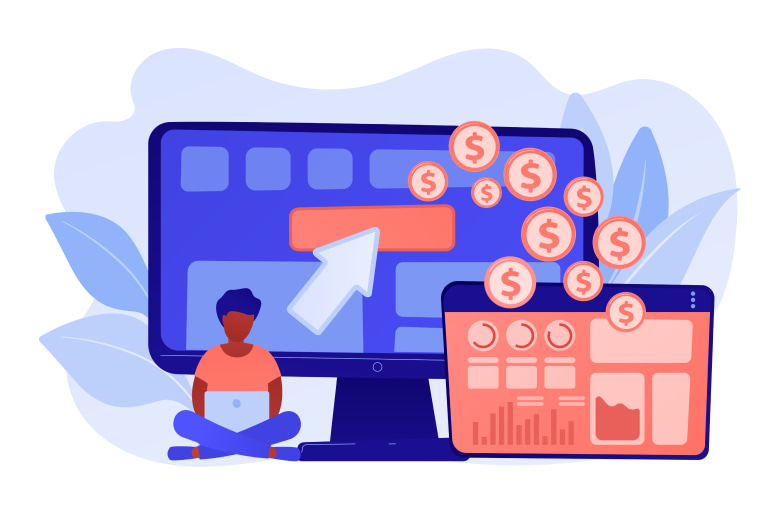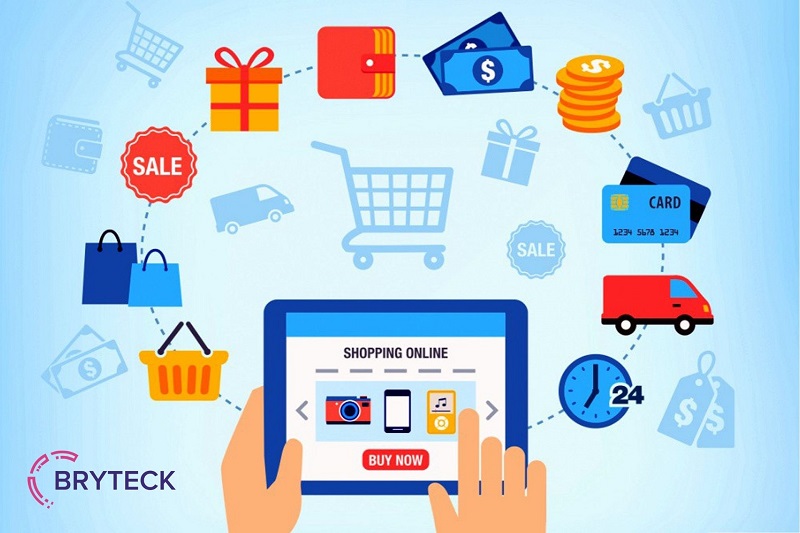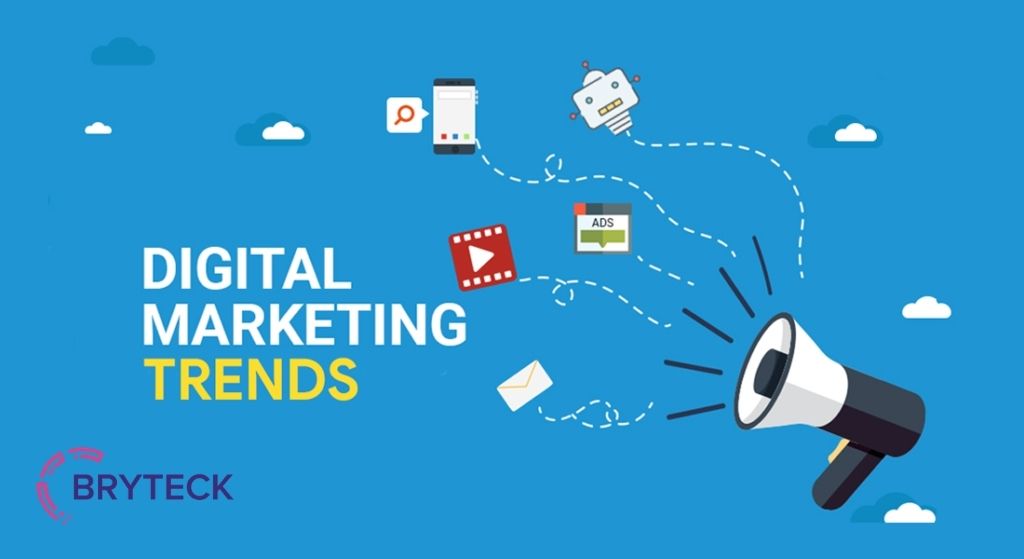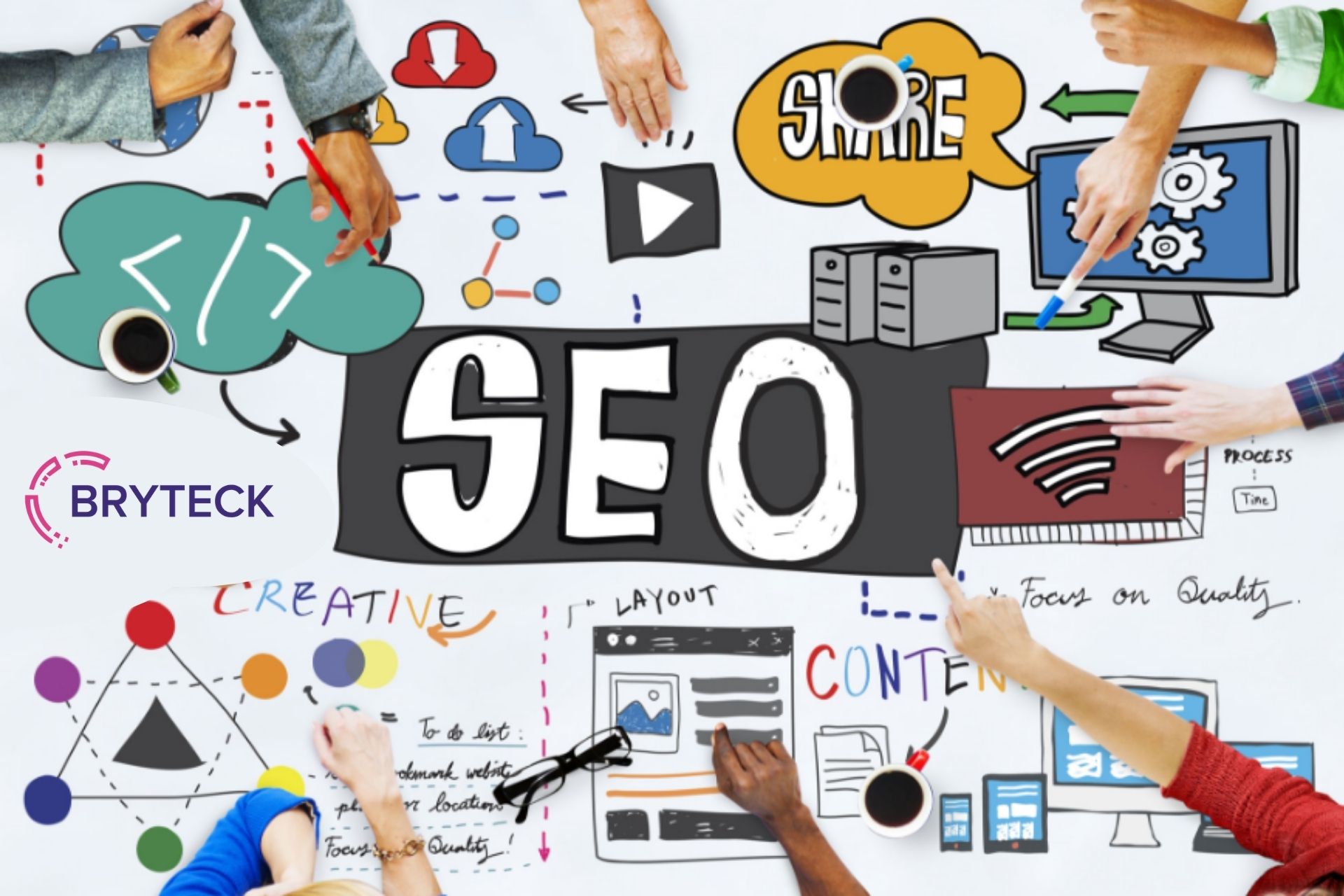
Email Marketing Reimagined: How AI Is Optimizing Campaigns and Conversions
Email marketing campaigns have long stood as one of the most effective digital marketing channels, boasting high ROI and a direct line to customers’ inboxes. But in a world inundated with digital noise, personalization, timing, and relevance are more critical than ever. Enter artificial intelligence (AI) – the game-changer that enhances email campaigns and redefines how we approach audience engagement. Namely, the usage of AI in email marketing efforts isn’t just a trendy buzzword. It’s a transformative force. From hyper-personalized content and predictive analytics to automated workflows and real-time optimization, AI is replacing the guesswork of email strategy with data-driven precision.
In this article, we’ll explore how the employment of AI in email marketing strategies is reshaping the email marketing landscape, highlighting seven key ways it’s boosting performance, efficiency, and conversions.
#1. Smarter Segmentation by Using AI in Email Marketing: Targeting the Right Audience
The days of broad email blasts and generic messaging are gone. Today, AI enables granular segmentation based on customer behavior, purchase history, demographic data, and even psychographics for the best possible user engagement.
AI-driven platforms can analyze complex data sets to group subscribers into dynamic segments that evolve in real-time and, therefore, boost your email content to a completely new level. These segments can be based on factors like customer preferences, click-through rates, engagement frequency, lifecycle stage, or predictive behavior. Analyzing customer data with the help of AI allows marketers to tailor messages with laser precision, improving both open rates and conversions.
WORTH KNOWING:
Here’s an example of smarter segmentation through targeting the right audience: A fashion brand might use AI to analyze customer behavior and identify customers who frequently browse but rarely purchase, creating a tailored re-engagement campaign that offers a personalized discount or style quiz for a particular target audience (or, in other words, particular segment customers).
#2. Hyper-Personalized Content Creation for Greater Customer Engagement and Conversion Rates
It is essential to mention that AI doesn’t just decide who should receive an email. Instead, it helps decide what they should receive (paying attention to lifecycle marketing, user behavior, and other elements of data analysis).
Using natural language processing (NLP) and machine learning, AI tools can craft personalized subject lines, dynamic content blocks, and even full email bodies tailored to individual preferences and past interactions. This is especially powerful when combined with data from CRMs, website behavior, and previous email engagement. The result? Emails that feel like one-on-one conversations instead of mass communication.
WORTH KNOWING:
Tools like Persado or Phrasee use AI to generate emotionally resonant subject lines for resonant marketing messages, optimizing for clicks and conversions based on real-time feedback and corresponding with the current customer needs.
#3. Predictive Send Times and Frequency Optimization Provided by AI-Powered Tools
Timing is everything in the successful email marketing process. Send too early, and your email gets buried. Send too late, and you miss the window of opportunity. Send too often, and you risk being unsubscribed.
Luckily, AI algorithms can analyze each subscriber’s browsing behavior to determine the optimal time and frequency for sending emails. Some platforms even adjust timing down to the individual level (sometimes paying attention to such things as past purchases), ensuring your message lands at the exact moment the recipient is most likely to engage.
WORTH KNOWING:
According to Mailchimp’s statistics, marketers using predictive send times see an average increase of 20% in open rates.
#4. Automated A/B Testing with Real-Time Adaptation in AI Email Marketing
Traditional A/B testing is effective, but slow. You test two versions, wait for results, and adjust accordingly. AI flips this model by automating A/B testing and continuously optimizing emails in real time.
AI-powered email tools can test subject lines, layouts, images, and CTA placements across audience segments, automatically identifying the best-performing variations and rolling them out without human intervention.
WORTH KNOWING:
By employing automated A/B testing with real-time adaptation, marketers can maximize performance without waiting days or weeks for statistically significant results.
#5. Predictive Analytics for Smarter Campaign Planning with AI Tools
AI doesn’t just look at what’s happened – it predicts what’s likely to happen next.
By analyzing historical data, engagement patterns, and even external factors (like seasonality or market trends), AI can forecast campaign outcomes, recommend the best channels for outreach, and estimate customer lifetime value (CLV).
This predictive power enables marketers to allocate budgets more effectively, craft content strategies that align with customer intent, and prioritize leads based on their likelihood to convert.
WORTH KNOWING:
Take a look at this example of anticipatory data analysis for smarter campaign planning: An e-commerce brand might use AI to predict which product categories a user is most likely to purchase next and tailor emails accordingly, increasing upsell opportunities.
#6. AI-Powered Email Automation Workflows
Automation has always been central to email marketing, but AI takes it to the next level. Instead of creating rigid workflows with pre-set rules, AI-enabled automation platforms can make decisions based on real-time behavior. These adaptive workflows can respond to user actions, like opening an email, clicking a link, or abandoning a cart, with relevant follow-up content that drives users toward conversion.
The thing is that AI-powered email automation workflows substantially contribute to the process of understanding customer preferences and arriving at invaluable data insights. More precisely, automated workflows ensure your email marketing campaigns (including email subject lines) stay relevant and full of valuable insights.
WORTH KNOWING:
Here is one example of AI-led email automation workflows: A SaaS platform might use AI to track how users interact with a product during a free trial and trigger emails with tips, reminders, or upgrade offers based on individual usage patterns.
#7. Intelligent Reporting and ROI Attribution
One of the biggest challenges in marketing is proving ROI. AI-powered analytics platforms can synthesize data from multiple channels and provide actionable insights into what’s working and what’s not and, therefore, assist email marketers while analyzing user behavior and creating personalized campaigns.
More importantly, AI can attribute conversions to specific touchpoints across a customer’s journey, helping marketers understand the real impact of email campaigns within the broader marketing ecosystem.
By visualizing the full funnel and integrating attribution modeling, marketers can make informed decisions and continuously refine their strategy to maximize return on investment.
WORTH KNOWING:
AI can also flag anomalies, such as sudden drops in open rates or spikes in unsubscribes, and recommend actions to correct course (for instance, work on your website’s relevant content or create more compelling subject lines).
Conclusion: The Future of Email Marketing Is AI-Driven
As inboxes grow more crowded and consumer attention becomes increasingly fragmented, traditional email tactics no longer cut it. AI is not just a tool – it’s a strategic partner that brings precision, personalization, and performance optimization to personalized email campaigns crafted for different customer segments (or, in other words, specific audience segments).
For internet marketing teams and agencies, embracing and leveraging AI isn’t optional – it’s essential if you want to achieve your business goals. The brands that succeed tomorrow are the ones integrating AI into their marketing automation processes today, employing its capabilities to build smarter campaigns, deeper customer relationships, and, ultimately, higher conversions.
